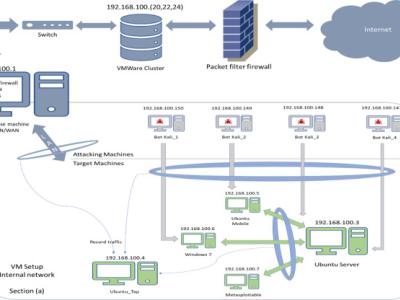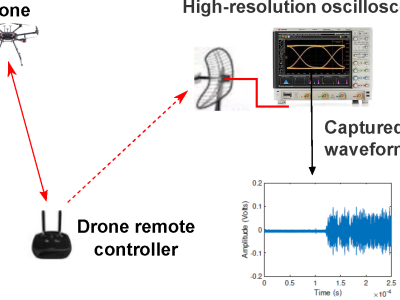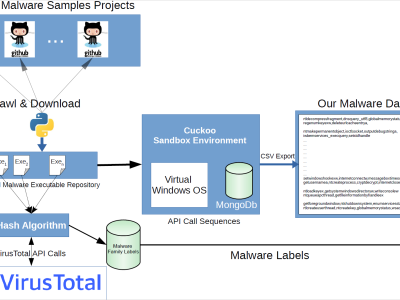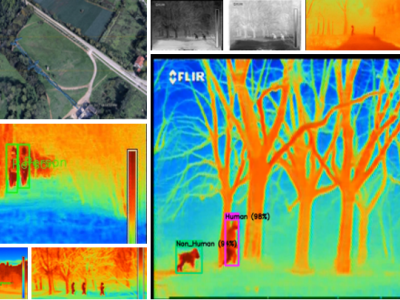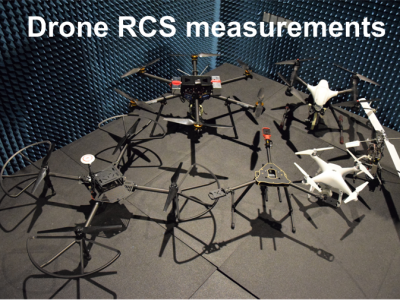EEG Data with Audiovisual Paradigm
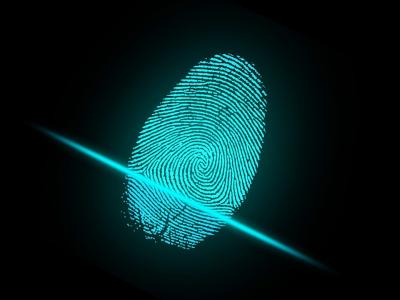
- Citation Author(s):
- Submitted by:
- LinKang Hu
- Last updated:
- DOI:
- 10.21227/H2JQ1X
 269 views
269 views
- Categories:
Abstract
The raw EEG signals are collected from seven adult participants (a~g, 4 males and 3 females, their ages range from 21 to 45, the average age is 24.71 and the average deviation is 6.49). None of them has a case history of brain injury or brain disease. the "EMOTIV EPOC+"EEG head-worn device is employed, which has a total of 14 channels, namely: AF3, AF4, F3, F4, F7, F8, FC5, FC6, T7, T8, P7, P8, O1 and O2. The sampling frequency is 128Hz and the signals can generate 128 sample points per second per channel.
Instructions:
we design the experimental paradigm for individual subject: induce the generation of subjects’ brainwave signals through watching their own face images and listening the voice of their own names.At the initialization phase, three target sources are selected by the subject and twelve non-target sources are randomly selected by the system from the material library. Each target source consists of the subject’s own face image and a voice of calling their own name, while each non-target source consists of other arbitrary subject’s face image and a voice of calling other arbitrary subject’s name. In order to enhance the stimulation intensity of the experiment, subjects are required to select their own face image in different periods as target stimuli. After that, the subject needs to wait for the start sign of the experiment. There will be a short break at the end of each experimental paradigm and each break consists of two phases. During the first phase, the subject is asked to enter the number of target sources they count. This phase is merely aimed at improving the subjects’ attention but not using the input to do any further analysis. During the second phase, the subject can enjoy scenery pictures and have a 30-second rest with eyes closed at the end of each paradigm, in order to release fatigue caused by the large number of stimuli from images and voice. Successively, the subject can close eyes for a moment until hearing the sound of “bi” . When the end sign is observed, the experiment is over and than acquire those EEG data.


